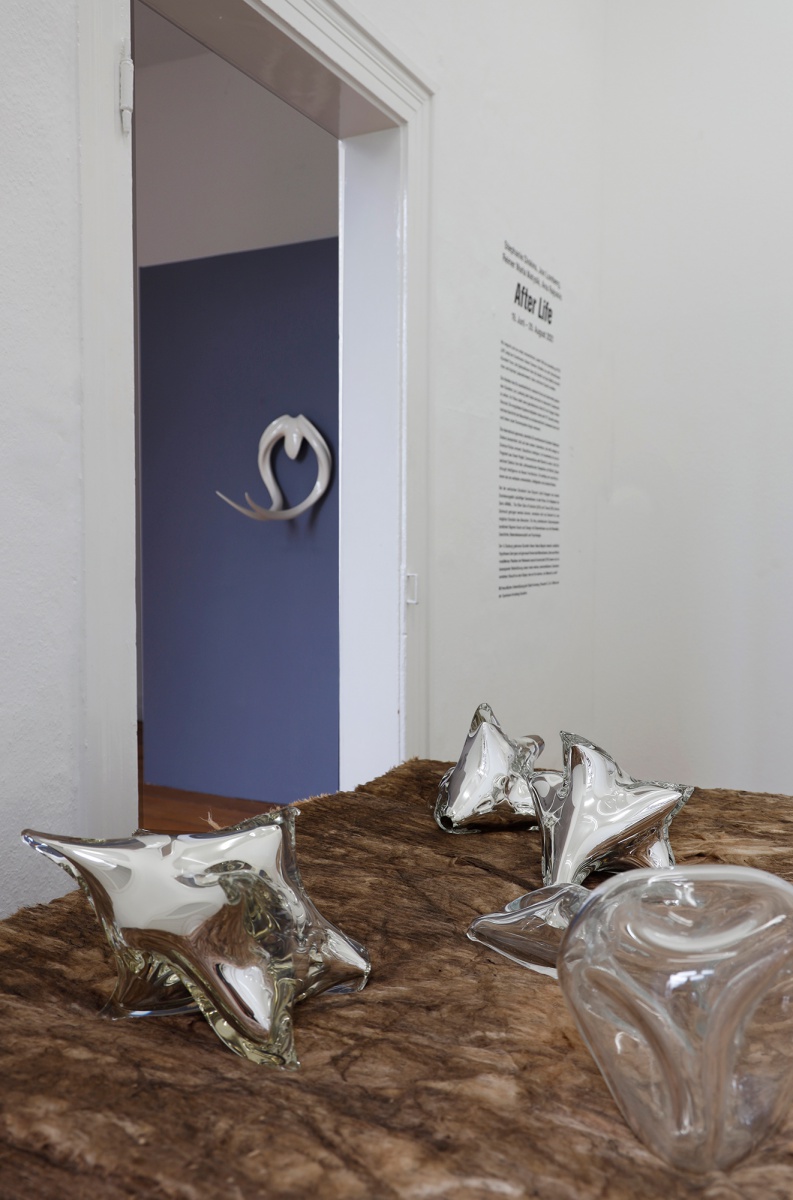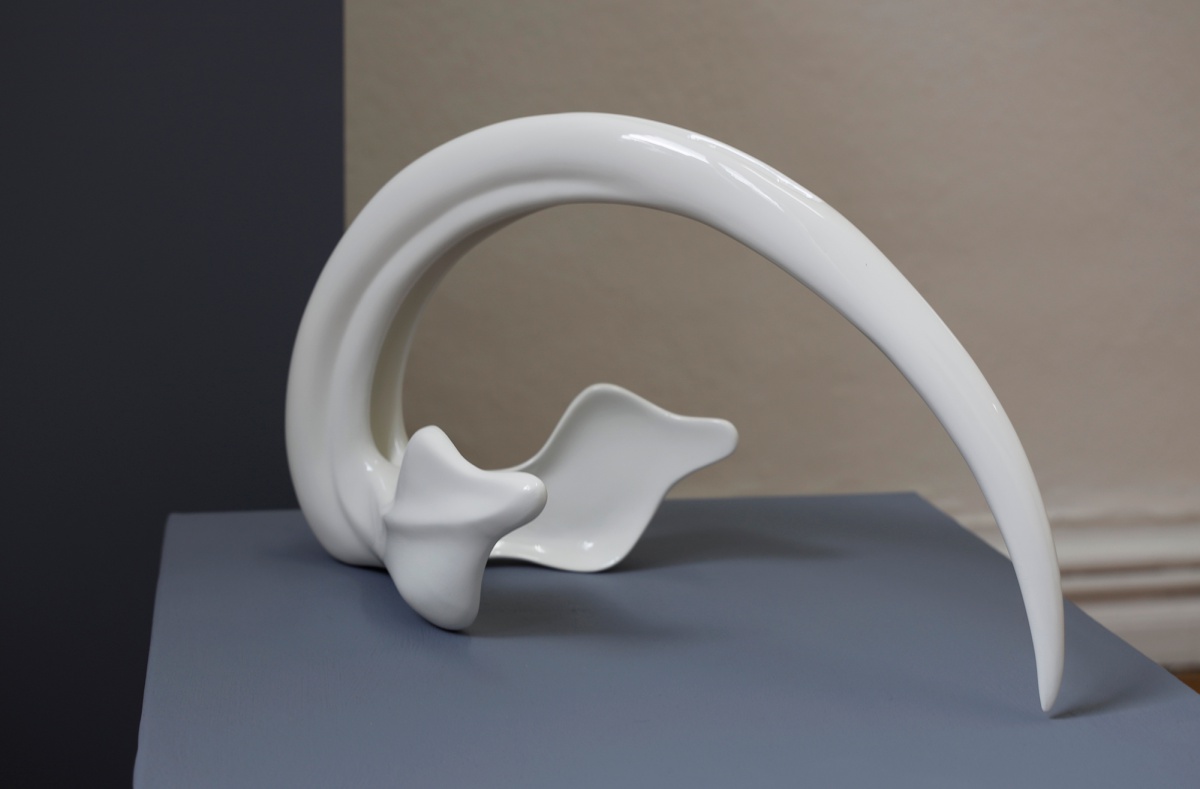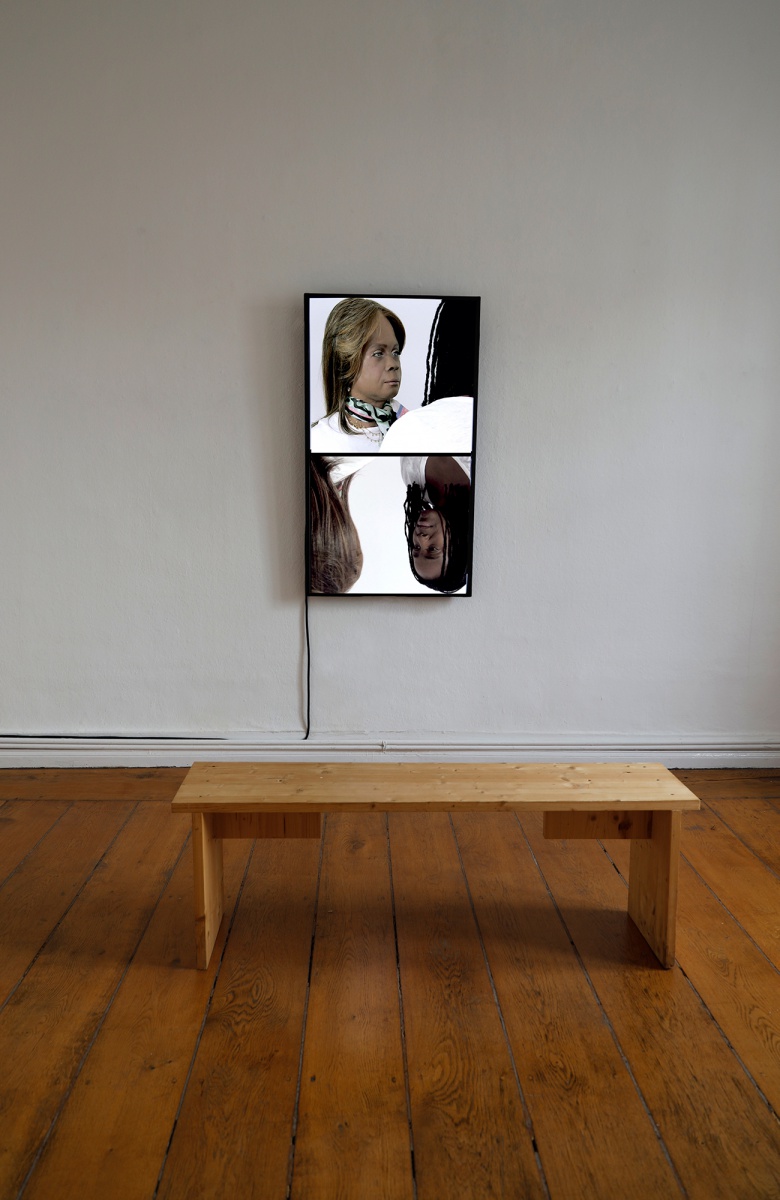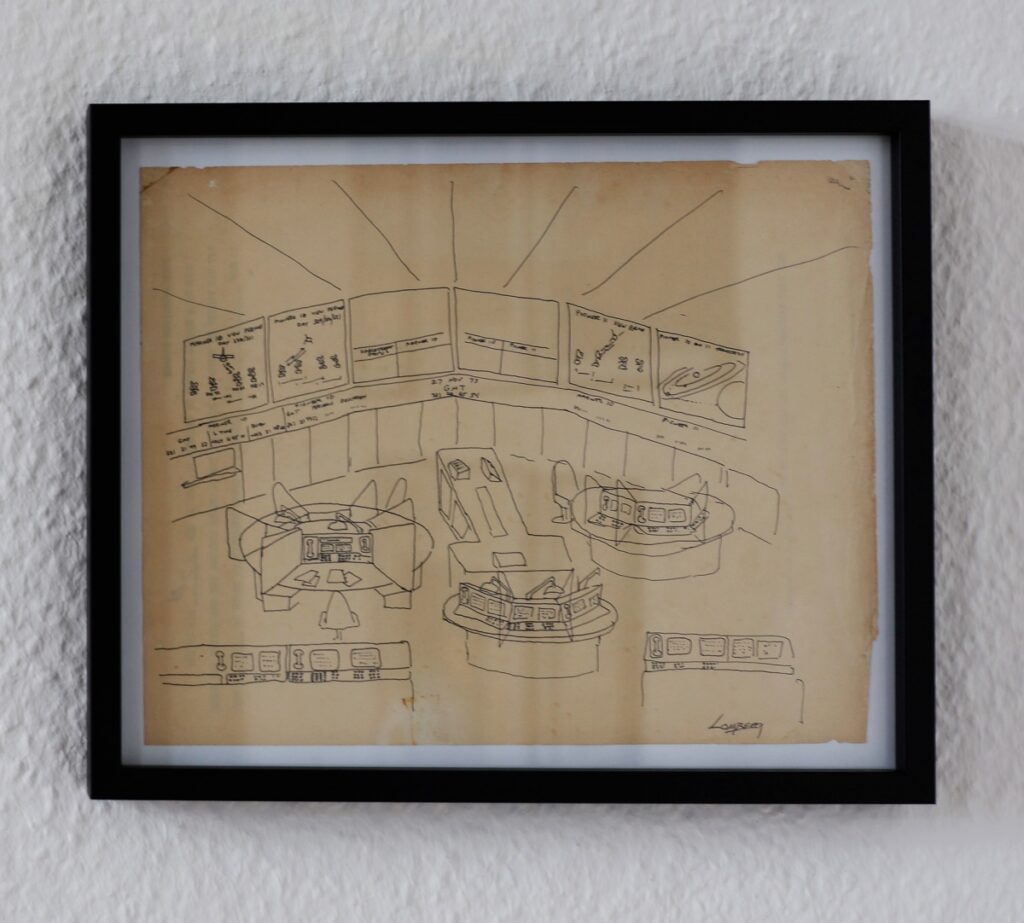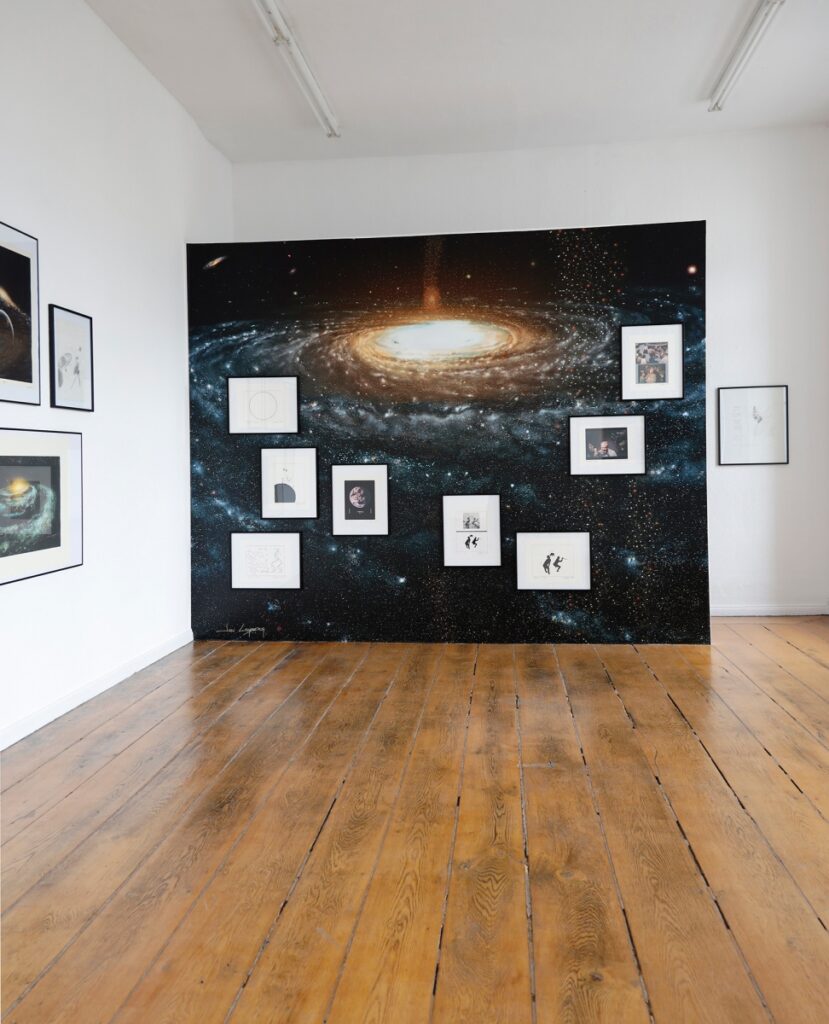AFTER LIFE
19. Juni – 29. August 2021
Stephanie Dinkins, Jon Lomberg, Reiner Maria Matysik, Ana Rajcevic
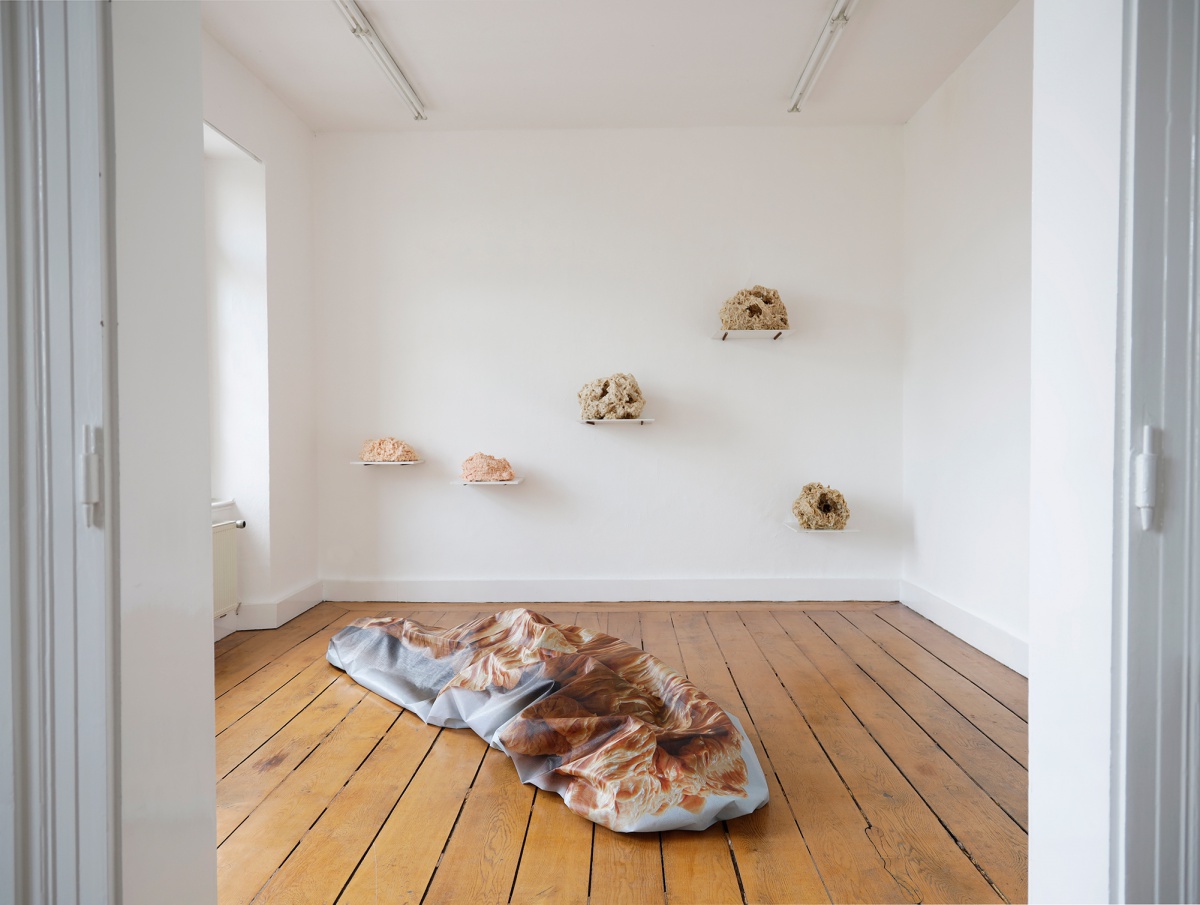
Where does human life begin and end? This summer, Kunstverein Arnsberg presents the exhibition AFTER LIFE , which showcases the work of four international artists who speculate on the form and habitat of human and hybrid ways of life in the near and distant future.
The works of the US artist Jon Lomberg, who straddles the boundaries between art and astronomy, are on view for the first time in a German art context. At the centre of attention is Lomberg’s design and editorial work as design director for the Voyager Golden Records. The project was the brainchild of the popular astrophysicist Carl Sagan – a close friend and collaborator of Lomberg’s until Sagan’s death. The gold-plated copper records have been travelling through space with the Voyager space probes since 1977 and probably remain as humankind’s most comprehensive message to extra-terrestrial beings. By today, they have long left our solar system. If one day an intelligent species were to discover the records, loaded with images and sounds, it could begin to gain an impression of the origin of life on Earth, of humanity, its scientific and technical achievements, and its music. In addition to the artist’s independent work, the exhibition presents two other projects closely linked to scientific missions in which Lomberg played a major role: the MarsDial sundials, which arrived on the red planet with the Opportunity, Spirit and Curiosity Mars rovers; and the DVD Visions of Marswhich landed there in 2008 onboard the Phoenix space probe. Both contain information and messages for the future inhabitants of the planet, who will most likely be the next generation of spacefarers, and therefore literally ‘Martians.’
Whereas Lomberg’s co-authored projects focus on communication with extra-terrestrials, intelligent beings, or with space-faring human species, the internationally active US artist Stephanie Dinkins concentrates on another future-oriented, technical form of life that is no less reminiscent of science fiction: artificial intelligence. On view at the Kunstverein is a fragment of her ongoing project Conversations with Bina48 in which Dinkins engages in dialogue with one of the most advanced, intelligent, and social robots. Since 2014, she has been recording her conversations with BINA48 (Breakthrough Intelligence via Neural Architecture, 48 exaflops per second), which also address philosophical issues such as identity and the meaning of life. The artist analyses the technology regarding its socio-political implications and potential, whereby she observes a risk in the technical reproduction of structural discrimination against minorities which – if this is not countered in the development stage of technology – could define the possible coming of a society shared with artificial intelligence, and hence our own future.
On the other hand, works by Serbian artist Ana Rajcevic focus on the visual appearance of distant generations. Her sculptures belonging to the series ANIMAL: The Other Side of Evolution (2012) and Taurus (2016) can be worn like jewellery and see themselves as blueprints for a possible evolution of humankind. Rajcevic combines art and design with insights from biomedicine, history, material science and psychology. Her prosthetic body sculptures, made of biological and synthetic materials, hint at a future in which humans have adapted to their natural environment – i.e., dominantly clinical, technological, and engineered. This vision is also evident in the artist’s photographic work where the uniformity of new, perfected bodies is interrupted only by sculptural extensions reminiscent of animals; beak-shaped appendages and horns become the last hints at individuality.
Finally, the Duisborg-born artist, Reiner Maria Matysik, designs hypotheses about entirely new forms of being human. His wax sculptures from the series beyond human (2010 – ongoing) can be understood as a logical continuation of a thought which today seems almost unimaginable: Does it need a body, as we know it, to be human? By creating sculptures which refer to organs and the inside of the body, and christening them sophie, giuseppe, frida, eva and magdalena, the artist arrives at a clear ‘no’ to this question. The texture and colour alone are reminiscent of skin and thus of the conventional outward appearance of human beings. Like his photographic close-ups of the sculptures (close up, 2011), Matysik’s artistic approach also refers to medical imaging techniques – wax models were used in 19th century dermatological research to illustrate disease. The photographic works also recall images of the body’s insides, such as those taken during endoscopies. In the exhibition, additional sculptures and drawings bear witness to Matysik’s body of work – an extensive collection of protypes of hybrid, post-evolutionary life forms which the artist has been designing since the 1990s.
Parallel to the exhibition, Kunstverein Arnsberg presents a solo installation by Reiner Maria Matysik titled ++ o ++ at Lichthaus Arnsberg. On an abstract, sculptural level, the work deals with humankind’s influence on the cycle of nature and the resulting consequences.
Curation & text: Lydia Korndörfer
